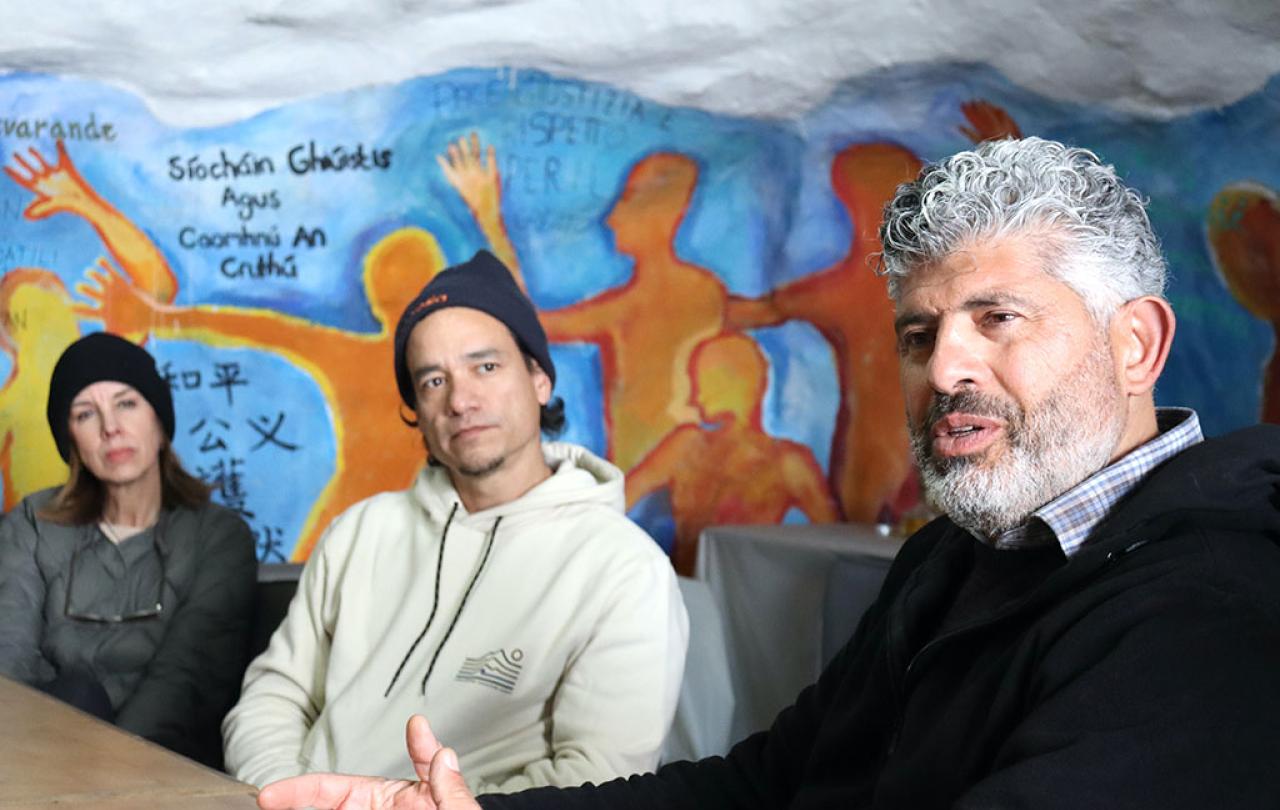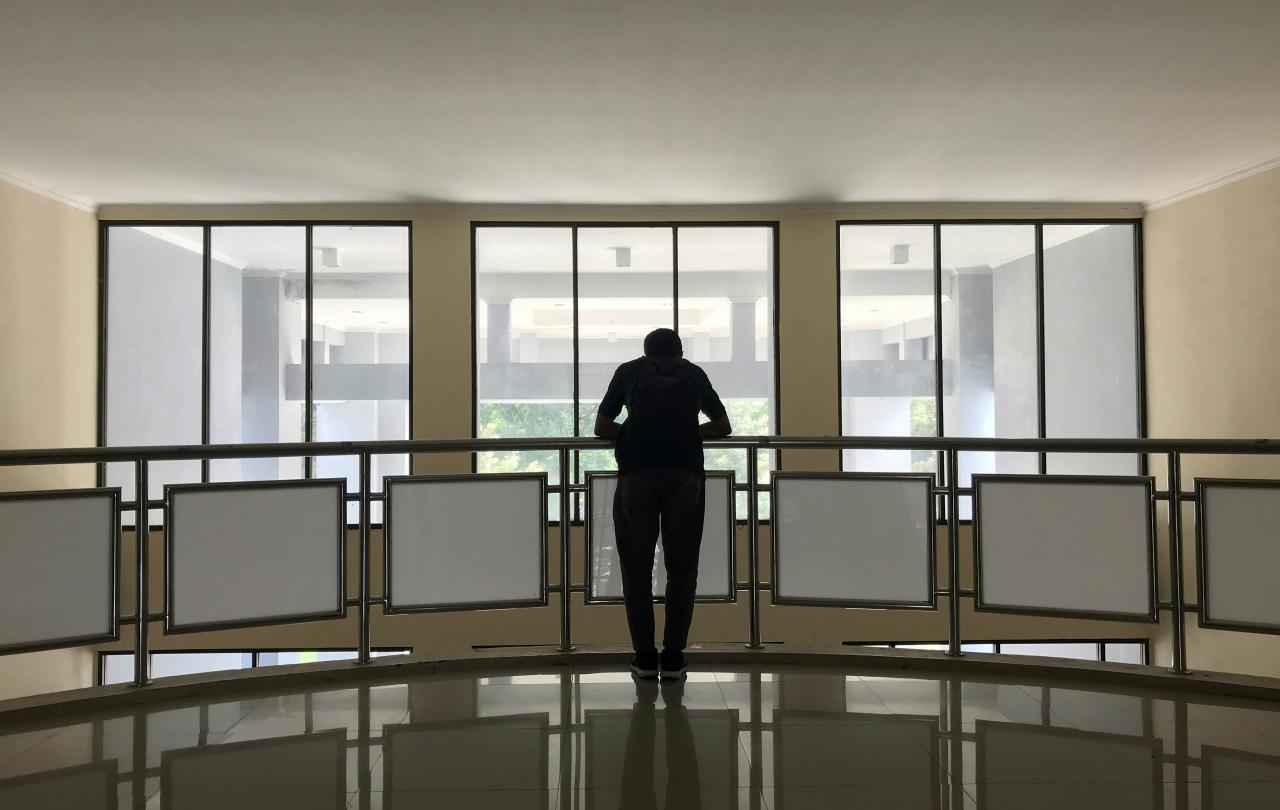
As we approach 2025, a series of skirmishes are erupting that warn us of impending danger. In Syria, Turkish-backed rebel forces have overtaken Aleppo, taking advantage of Russia’s focus on Ukraine. Pro-Europe protestors in Georgia demonstrate at the country’s parliament in Tbilisi. And South Korea declares martial law in response to purported North Korean threats. President-elect Trump jokes – with much truth in jest – about Canada becoming the 51st state.
As the world awaits the inauguration of President-elect Trump on January 20, 2025, we are in an in-between state. But there is more feeling of foreboding than of future peace. A ceasefire has been agreed between Israel and Hezbollah, but with rocket fire continuing to be exchanged and Israel yet to respond to Iran’s October missile barrage while Iran pursues nuclear capability. In the United States, Ambassador to Japan Rahm Emmanuel warns of Chinese ambitions to take Taiwan not in 2027 – as commonly believed – but rather in 2025.
Even if only temporarily, there will be a pause in early 2025 from the conflicts we have been accustomed to over recent years. The inauguration of President-elected Trump will, in all likelihood, put an end to Russia’s war in Ukraine. Russian agreement for peace will be secured, however, only in exchange for Ukrainian territorial concessions. Israel will maintain a ceasefire with Hezbollah while American support helps to remove the remnants of Hamas in Gaza. With American backing, Israel and Saudi Arabia will restart the historic Abraham Accords process as we enter the Spring.
Yet this pause and these short-term successes will be ephemeral and deceiving, an interlude prior to the much greater threats in store. Antonio Gramsci’s ‘The old world is dying, and the new world struggles to be born: now is the time of monsters” is often quoted with a tinge of optimism, as if the monsters are here for a moment, but soon to be overcome. Unfortunately, the monsters of our times are well-entrenched, and they are gathering energy for their next acts. And they appear from all sides, as the lesser rather than greater aspects of men and women take centre stage in our politics, whether in the political West or Global East.
In this world of monsters, division and difference is the default approach to human relationships. We have become numb to these words, but what division and difference signify is a profound weakness in modern men and women bereft of love. Too many men and women prefer basking in their own and others’ flaws, to a striving to overcome these in favour of what we may individually and collectively achieve – if only we tried. We are living in a period of darkness seeking to dampen the light and diminish the spirit of those pursuing the good.
Division is easy. It is natural. It is emotional. Its focus is the lowest element of ourselves and of others. In comparison, togetherness is faith. It sees the hidden potential of another. Togetherness is unnatural. Togetherness flows from faith and is the unseen-become-reality. It recognises the seeds of good in another, understanding that each person is composed of many contrasting sides, some bad, some good, but the good the more powerful of the two. Togetherness is a choice. It is a choice to water the seeds of faith with patience, to see what these seeds might become with time, consistency, and effort (while maintaining balance of personal space and social connections, as both are vital for emotional wellbeing).
There is no bridging of divides, no reduction of division, no togetherness, without pain. This is a lesson for the world’s current and future reconcilers across all walks of life.
In an age of growing division and conflict, togetherness is barely visible. Yet reconciliation remains possible. In fact, it is precisely in these times, when the odds are against the peace of togetherness, that reconcilers in politics, business, academic, non-profit and community sectors are called to step forward with purpose. It is precisely when there is little faith or hope in the future that reconciliation – an act of love – is demanded.
Reconciliation is the restoration of a favourable relationship between oneself and others. It is achieved through sacrifice. The reconciler experiences pain in order to restore relationships. Reconciliation is built on love for other persons, in spite of their flaws and their continuous resistance, as well as their lack of faith, love and hope at many times. It requires a healthy self-love, in which we seek the fulfilment of our own good as a basis for doing so for others.
Next to love, the main ingredient of reconciliation is pain, because those who have become estranged fight, they resist, they go back on what they said they would do, they vacillate between good and evil, and they contest the reconciler. The reconciler will die, or come close to dying, at certain points in the reconciliation process. And yet the reconciler is raised following death, defeat only a stepping-stone to the triumph of togetherness.
The reconciler turns the pain involved in bringing together otherwise conflicting groups, peoples or nations into something much more positive. They internalise pain, incorporating it into their being. This is achieved through love, which enables patience, always seeing the bigger picture and the potential of people. Love is the basis for action to bring others together and keep them together, appealing to their better sides, despite the human tendency to corrupt the good.
People talk nowadays about the need to ‘bridge divides’ and that we are ‘better together.’ We need, for instance, to bridge divides between regions and capitals, such as between Alberta and Canada, or Québec and Canada in the Canadian context, or between the North East and London, or with Northern Irish reconciliation, in the United Kingdom. But these are easy things to say. More difficult is realising that the process of reconciliation is painful and that leaders seeking reconciliation – at local, regional or national levels – must first become experienced in suffering.
This experience can only be the result of a prior education in the value of pain, knowing that the joy of togetherness is most profound when preceded by a patient and humble suffering. There is no bridging of divides, no reduction of division, no togetherness, without pain. This is a lesson for the world’s current and future reconcilers across all walks of life, as we enter a world even more replete with conflict. And in reconciliation, it is always unclear what the outcome is going to be. A person’s efforts could be all for naught, faithful efforts then a matter of failure and bitterness, rather than of sweet accomplishment.
Anyone seeking reconciliation in a more dangerous world must first die to their previous lives of division. They must leave this self in the past, shedding it. They must become new persons, imbued with love, believing in human potential, who want others to succeed and who are ready to fight to achieve this success. But reconcilers must always fight with love as the foundation of their efforts, and with faith that they will win in their fight, that their efforts will be successful. This faith goes against what is seen – the odds are rarely if ever in reconcilers’ favour.
We need reconcilers in our day and age. These individuals are in short supply, but they are key to the futures of nations and to the health of our geopolitics. They are the politicians - elected and those behind the scenes - the businesspeople, and the local community leaders who can see the bigger picture and articulate it, keep focused on the potential of those around them, and bear the suffering involved in fulfilling potential.
The present wars and skirmishes as we enter 2025 will temporarily lessen. They will even pause. We should not be surprised when these re-emerge with more intensity over the next year. This is precisely when many will be called to strive for togetherness in the face of division, knowing that reconciliation is strength in the face of the reality of human weakness. Reconciliation is always a possibility.
Support Seen & Unseen
Seen & Unseen is free for everyone and is made possible through the generosity of our amazing community of supporters.
If you’re enjoying Seen & Unseen, would you consider making a gift towards our work?





